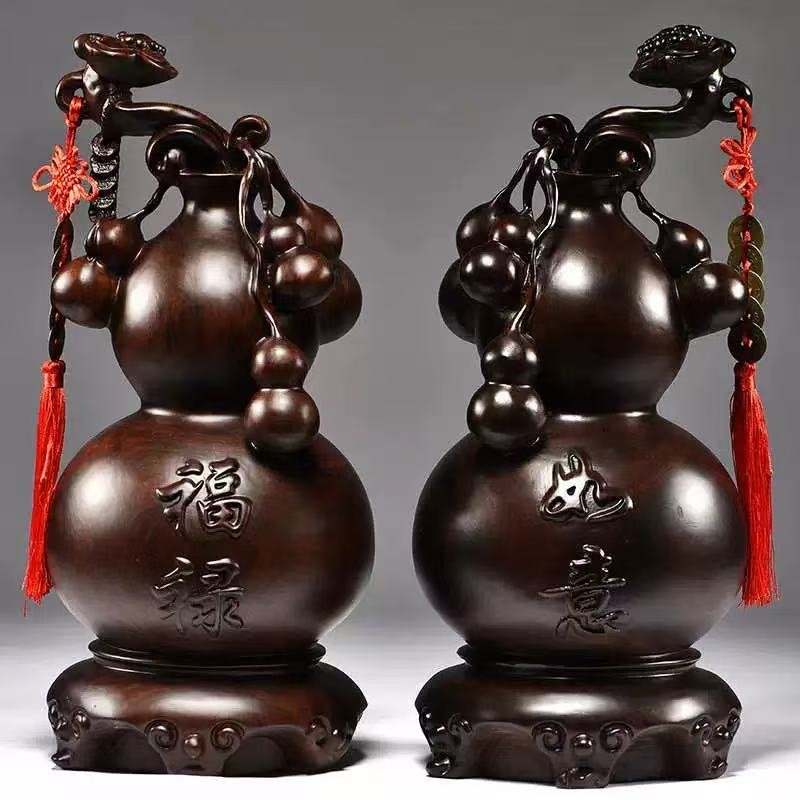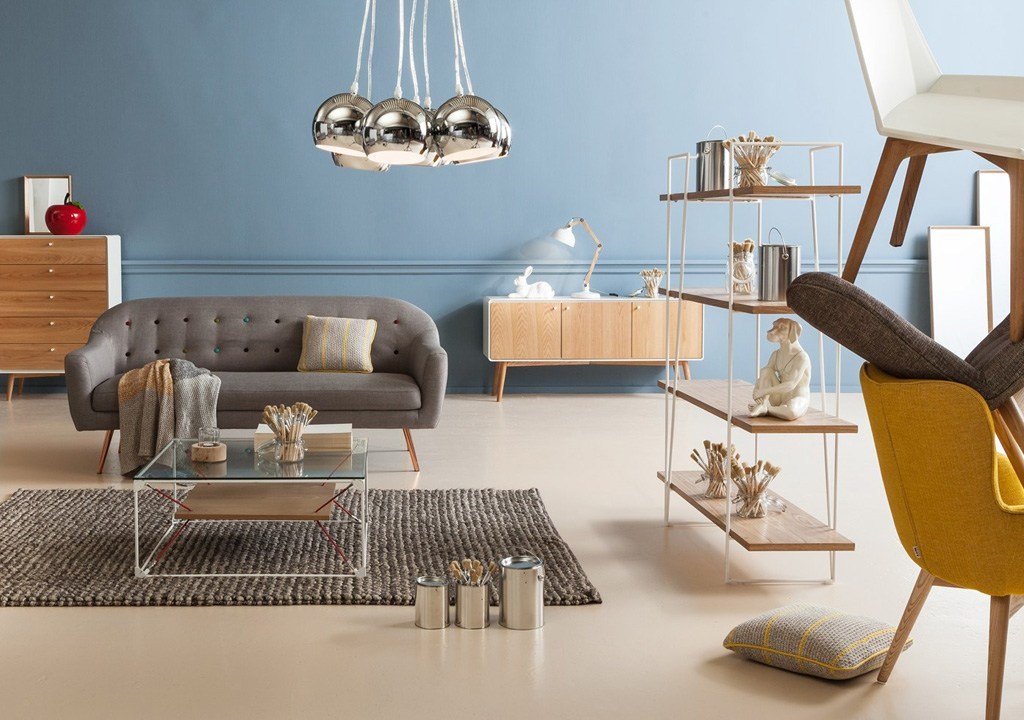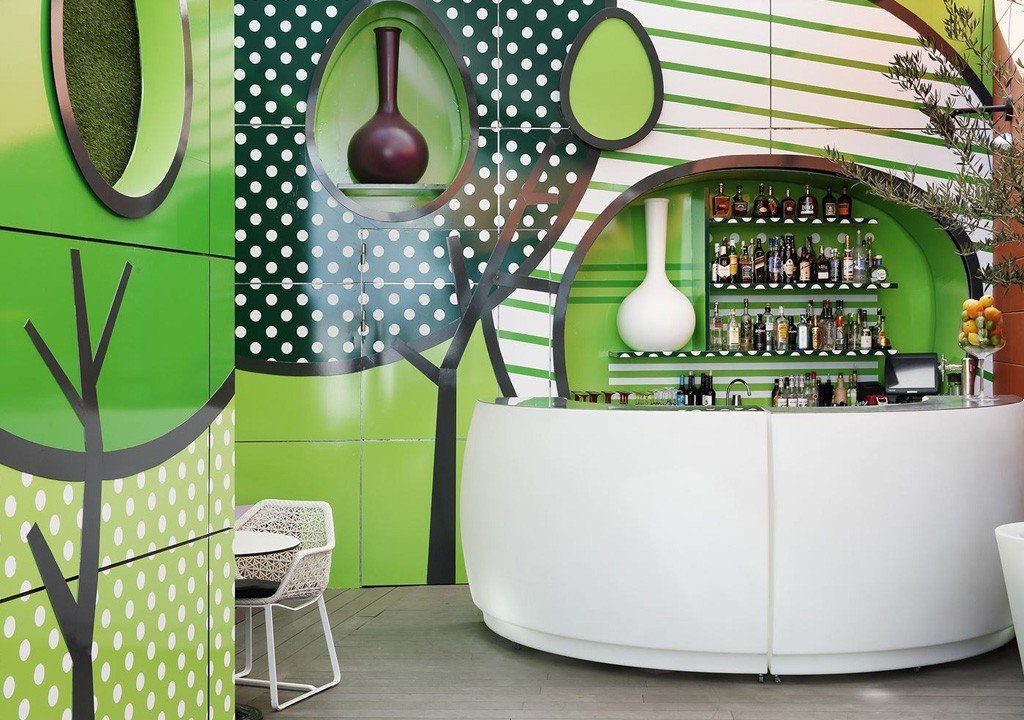Let nature live in every gap of breathingmuyizhijia.com
At the Hemudu site in Yuyao, Zhejiang, archaeologists discovered 7,000-year-old mortise and tenon wood components; the nanmu pillars of the Hall of Supreme Harmony in the Forbidden City in Beijing still stand tall after six hundred years of wind and rain. From the architectural buds of prehistoric civilization to the artistic peak of Ming and Qing furniture, wood is not only the backbone of traditional Chinese architecture, but also the genetic carrier of oriental aesthetics. This article will take you through time and space to explore how wooden culture has shaped the spiritual world of the Chinese people and rejuvenated in the contemporary era.guge.com
- The epic of the symbiosis of wood and Chinese civilization
The enlightenment of wooden structures in the Neolithic Age
In the Hemudu stilt-style building site, mature mortise and tenon joint technology (more than 2,600 components unearthed) had already appeared, achieving nail-free construction 3,000 years earlier than the West.
The Records of Craftsmen records: “The sky has its time, the earth has its air, the materials have beauty, and the workers have their skills”, laying the foundation for the creation philosophy of “applying art according to the materials”.
The technical revolution in the Tang and Song Dynasties
The East Hall of Foguang Temple (Tang Dynasty) adopts the “dougong cantilever” structure to achieve a 4.5-meter eaves, creating a “flying like a phoenix” curve aesthetic.
The Construction Methods established a modular system with “material division system” as the core, and wooden structures moved towards standardized production.
The artistic peak of Ming and Qing furniture
Ming-style furniture uses huanghuali and red sandalwood as materials, and has developed 108 classic styles such as “three-bend legs” and “leg-wrapped stretchers”, which are praised by the West as “the pearl of oriental art”.
Of the 6,200 pieces of Ming and Qing furniture in the Forbidden City, 90% use mortise and tenon structures, and some are still intact after a magnitude 10 earthquake.
- Eastern Wisdom in Woodworking
Mortise and tenon: eternal philosophy without a single nail
Among the 167 existing traditional mortise and tenon types, the “dovetail tenon” can withstand a tensile force of 200kg/cm², and the “wedge nail tenon” can achieve three-dimensional curved surface splicing.
Contemporary research has found that this flexible structural system has a 40% higher seismic performance than rigid connections (refer to the seismic research of the Yingxian Wooden Pagoda).
Wood carving: a poetic expression of the dialogue between wood and stone
Dongyang wood carving is famous for “carving all over the ground” and “carving through the air”, and the knife technique is as fine as a hair; Chaozhou gold lacquer wood carving combines gold foil with wood grain to create “wood brocade”.
The “Shangzimen” wood carving of Huizhou folk houses turns Confucian ethics into a visual symbol, forming a unique architectural narrative.
Lacquer: the eternal code of woodware
The lacquered woodware unearthed from the Chu tomb of the Warring States Period is still colorful after 2,500 years. The hardness of the oxide film formed by lacquer reaches 0.65 (Mohs hardness), comparable to ceramics.
Contemporary science has proven that urushiol has antibacterial and anti-termite properties, extending the life of wood by 3-5 times.

- Cultural inheritance in the modern context
The path of breaking the circle of new Chinese design
The designer brand “Shang Xia” simplifies the Ming-style round chair into a carbon fiber frame and lands in the Museum of Decorative Arts in Paris;
“Mumo” uses CNC engraving technology to reproduce the texture of “A Thousand Miles of Rivers and Mountains” on North American black walnut, with a single product premium rate of 300%.
The living inheritance of intangible cultural heritage skills
Suzhou Xiangshan Gang’s construction skills use BIM technology to reproduce the Dianchun Pavilion of the Net Master Garden in Vancouver, Canada;
During the renovation of the Palace Museum’s Hall of Mental Cultivation, craftsmen used the traditional “one hemp and five grays” craftsmanship to restore the brilliance of the red sandalwood partitions of the Qianlong period.
The material revolution enabled by technology
Nanjing Forestry University has developed “super-hydrophobic modified wood” to make ordinary pine wood have anti-corrosion capabilities;
Xiaomi Youpin launched the “smart temperature-controlled tea tray”, which automatically adjusts the humidity through embedded sensors to prevent wood cracking.
- Decoding the spiritual code of wooden culture
The ecological view of harmony between man and nature
Traditional architecture emphasizes “logging at the right time”, and the “Book of Rites” stipulates that “logging is prohibited in the first month of spring”;
Contemporary forest farms implement a “plant ten and cut one” cycle model, writing the concept of sustainability into the industry’s genes.
Ethical symbol of the instrument as a carrier of the Tao
The “stable” of the Taishi chair is a metaphor for the Confucian order, and the “progressive layers” of the step-out bed coincides with the ritual space;
Exploring the Beauty of Wooden Architecture
In modern home design, the “square and round tenon” is given a new interpretation of the philosophy of life of “round outside and square inside”.
Time aesthetics in wood grain
The “ghost face pattern” of Huanghuali records a century of wind and rain and is regarded as a poetic signature of nature;
Japanese architect Kengo Kuma proposed “making the building disappear”, which is a contemporary response to the Chinese aesthetics of “wood structure disappearance”.
When the wisteria tea table in Suzhou Museum continues the lineage of the wisteria planted by Wen Zhengming, and when the bamboo steel installation at Milan Design Week reconstructs the artistic conception of “Yuan Ye”, Chinese wooden culture is completing the cross-border rebirth from artifacts to spirit. Recommended readers:
Visit the Palace Museum Furniture Museum and touch the mortise and tenon model
Experience the woodworking workshop course and make a simple dovetail bookmark
Follow the “Digital Dunhuang” project and appreciate the Tang Dynasty wooden structure painting online
The wisdom of wood is always growing.
Cultural Tips
The oldest existing wooden building: the main hall of Nanchan Temple in Wutai Mountain (Tang Dynasty)
Quick reference to wooden structure terms: lifting and folding (roof curve algorithm), side foot (column micro-tilt earthquake resistance method)
Recommended emerging designers: Zhang Lei (Pinliu Xing), Shi Dayu (Qingting Design)
Through the dialogue between ancient and modern times, let the thousand-year-old wooden soul continue to write the legend in the contemporary era.


